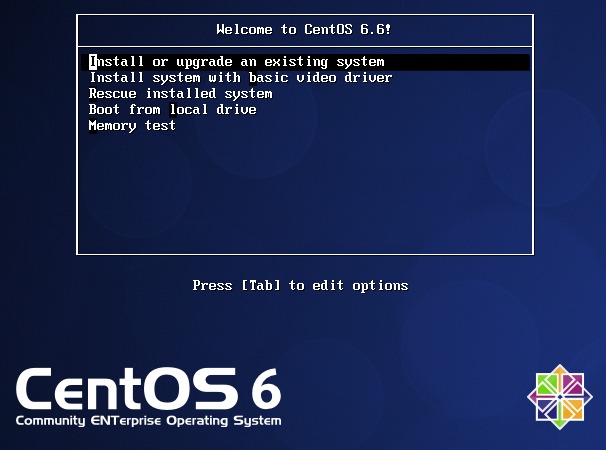You must finish correctly the remaining steps in this section before
you reboot, or your sysadmin account will be missing its HOME directory
and you will get an error message about that when you log in. You must
completely finish the remaining steps in this section correctly to
regain log-in access to your sysadmin files in your HOME directory.
Do not shut down or reboot your machine in this section, since the
reboot will cause the /home directory to unmount and all your HOME
directories, including the one for your sysadmin account, won’t work.
You might want to take another snapshot here before you continue.
You can safely use VMware to PAUSE or SUSPEND your CentOS VM
in the middle of this work, just don’t shut it down and reboot until
you finish this section.
You know from lsof that nothing is using the /home directory.
Rename the existing /home directory to /old_home
- Your sysadmin HOME directory is now invalid, since everything
under
/home has been renamed and is therefore missing.
- Do not shut down or reboot your machine until you finish this section!
See the warning above.
Re-create a new empty /home directory that will be used as a mount
point for the new filesystem you just created, above.
Mount onto the empty /home directory the new 500 MB ext4
filesystem that you created earlier.
(Review the mount command in CST8207 Partitions and File Systems.)
- If successful, you will see
EXT4-fs (sdb1): mounted filesystem....
Run the mount command and confirm that you can see /dev/sdb1
mounted on the /home directory. Do not proceed until this is true:
/dev/sdb1 on /home type ext4 (rw)
The df -h command will also show /dev/sdb1 mounted on
/home, with approximately these sizes:
Filesystem Size Used Avail Use% Mounted on
/dev/sdb1 477M 2.3M 449M 1% /home
Verify that there is a lost+found directory under /home now,
because /home is now a file system mount point instead of just a
plain directory. Do not accidentally delete this directory, or else
the system won’t have a place to put orphan files! (If you delete it,
read the man page for the mklost+found(8) command and recreate it.)
Use the copy command with the archive option to copy the contents
of the old /old_home directory to the new 500 MB /home filesystem.
- Make sure that you copy the contents of
/old_home into
/home and do not copy the name /old_home in to /home!
- After the copy, look inside
/home and confirm that you do
not see the old_home directory name there.
- Make sure you do not delete the
lost+found directory inside /home.
Record the list of all pathnames in /home again, in the
same way, sorted, except redirect the output into a new
file home_after.txt also in root’s home directory.
Record the differences between the two home_{before,after}.txt
files, in a file named home_diff.txt also in root’s
home directory. (The files should differ by exactly one line;
the new HOME directory has one additional directory in it that wasn’t
in the original. We’ve already told you what its name is.)
Add a record to the /etc/fstab file so the new /home filesystem is
mounted automatically, with default options and added quota options for
both users (usrquota) and groups (grpquota).
- Review CST8207 Partitions and File Systems for the format of
/etc/fstab.
- Use zero (
0) for the sixth field (fsck pass number).
(RTFM for fstab and note that using pass number 1 is reserved
for the ROOT file system.)
Use the mount command with the remount option to remount the
/home filesystem according to the new options given in /etc/fstab
- See
man mount and look for the remount section under the
-o flag (options).
- If the
mount command doesn’t read the new quota options from
/etc/fstab, then you are specifying both the device and the
mount point to the mount command, which means it won’t read
the file to get the new options. Don’t do it that way.
- If the
mount command has other errors, do not continue. Fix it!
Use the mount command to verify that /home is now remounted with
the two quota options that you set in /etc/fstab:
/dev/sdb1 on /home type ext4 (rw,usrquota,grpquota)
Use su --login to temporarily log in to your sysadmin account and
verify that your sysadmin HOME directory is valid and contains its
usual files, all owned by you.
- Then exit your shell and return to the single-user shell.
- If your sysadmin HOME directory is missing, do not continue. Fix it!
Unmount /home and then mount it again, relying on the fstab to
provide the device name:
# umount /home ; mount /home ; mount
You should see no errors, and mount should show /home mounted
with the quota options again.




